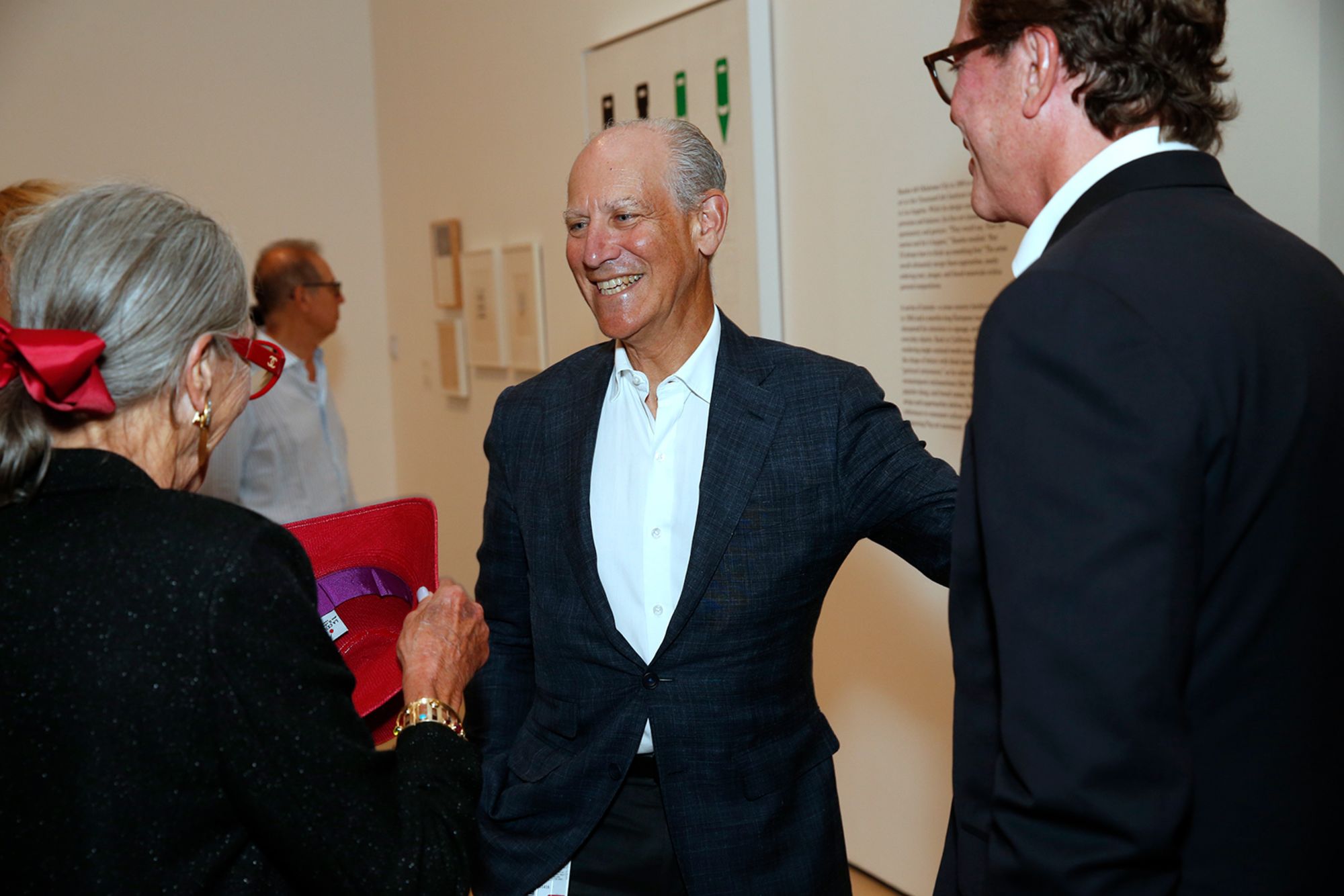After three decades at the helm of the Museum of Modern Art (MoMA), during which he guided one of the nation’s foremost museums from the 20th century into the 21st, Glenn D. Lowry announced on Tuesday that he will step down as its director in September 2025.
“I think it’s the right time to consider the museum’s future, and I just thought, carpe diem,” Lowry explained in an interview. “Everything I set out to accomplish 30 years ago is either completed or moving forward in a very positive direction.”
Although his contract was due for renewal in June, Lowry said that while there was an invitation to continue, he felt it was the appropriate moment to hand over leadership to a new generation.
“I didn’t want to be the person who stayed too long,” he remarked.
The museum’s board announced plans to initiate an international search for Lowry’s successor. Marie-Josée Kravis, the chairwoman of the board, emphasized that Lowry’s decision to step aside was made “by mutual agreement” and noted that his contract “could have been renewed.”
Replacing Lowry, who turns 70 this month, will pose significant challenges. His long and accomplished tenure, combined with the increasingly complex role of museum directors amid economic pressures, the pandemic, and social unrest, makes the task formidable.
Today’s museum directors must possess much more than academic expertise in art history or the ability to hire skilled curators.
They must also be culturally sensitive diplomats, adept at engaging with artists, trustees, and potential activists, as well as effective fundraisers, given that cultural institutions now rely heavily on private donations.
Lowry has also redefined the director’s role to resemble that of a corporate CEO, equally at ease discussing matters with real estate tycoons on his board and the artists featured in the museum’s exhibitions. His professional image, characterized by sharp suits and ascots, reinforced this approach.
“He’s expanded the conversation about the role of the arts and MoMA’s place as a public institution in the wider community,” Kravis noted.
She also praised Lowry for cultivating “a broader and deeper collection” and making the museum “more open and a place for the exchange of ideas.”

Since taking over as MoMA’s director in 1995, Lowry has overseen two major renovations, the merger with the P.S. 1 Center for Contemporary Art in Queens, and a reimagining of how modern and contemporary art is displayed.
Under his leadership, the museum’s endowment grew from about $200 million to approximately $1.7 billion, while the annual operating budget increased from $60 million to around $190 million.
Lowry has also championed efforts to increase diversity within MoMA, focusing on exhibitions, acquisitions, governance, and staffing.
In 2015, he collaborated with Thelma Golden, director of the Studio Museum in Harlem, to establish a joint fellowship program for emerging arts professionals. Golden is frequently mentioned in the art world as a potential successor to Lowry.
“How do you position a museum that is so deeply rooted in the 20th century as a museum of the 21st century?” Lowry asked. “I hope we’ve laid the foundation for what a 21st-century museum looks like while remaining true to our roots.”
Though MoMA has faced its share of controversies and protests (including those related to Leon Black and Jeffrey Epstein), Lowry views these challenges as ultimately beneficial for the institution.
“There are certainly times when you feel under siege,” he admitted. “We’re living in a moment when cultural institutions are being scrutinized and questioned.
That has pushed us to reflect on what truly matters, embrace new ideas, and engage with audiences in more meaningful ways.”
As for his post-MoMA plans, Lowry said they include delivering a series of lectures at the Louvre in Paris next fall, which may lead to a book. “It’s an opportunity to reflect on everything I’ve learned and thought about over the past 30 years,” he said.
For now, however, Lowry remains focused on MoMA, where the museum’s approach to art continues to evolve. He takes pride in his achievements.
“Our responsibility, as an ongoing project, is to learn how to tell multiple stories about modern art,” Lowry explained, “not just a single story of modern art.”
Reflecting on his tenure, he added, “When I think about who visited the museum when I started and who comes to the museum today, there’s been a sea change in terms of race, ethnicity, and age. That’s something the institution should collectively feel proud of.”


